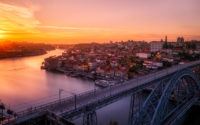Why you should travel to Sri Lanka
Tea plantations, royal cities, miles of beaches and sacred mountains are among the cultural and natural treasures of this island called the Pearl of the Ocean. After 10 months of closed borders, the country has reopened its doors to foreign tourists, an opportunity to go there to recharge your batteries.
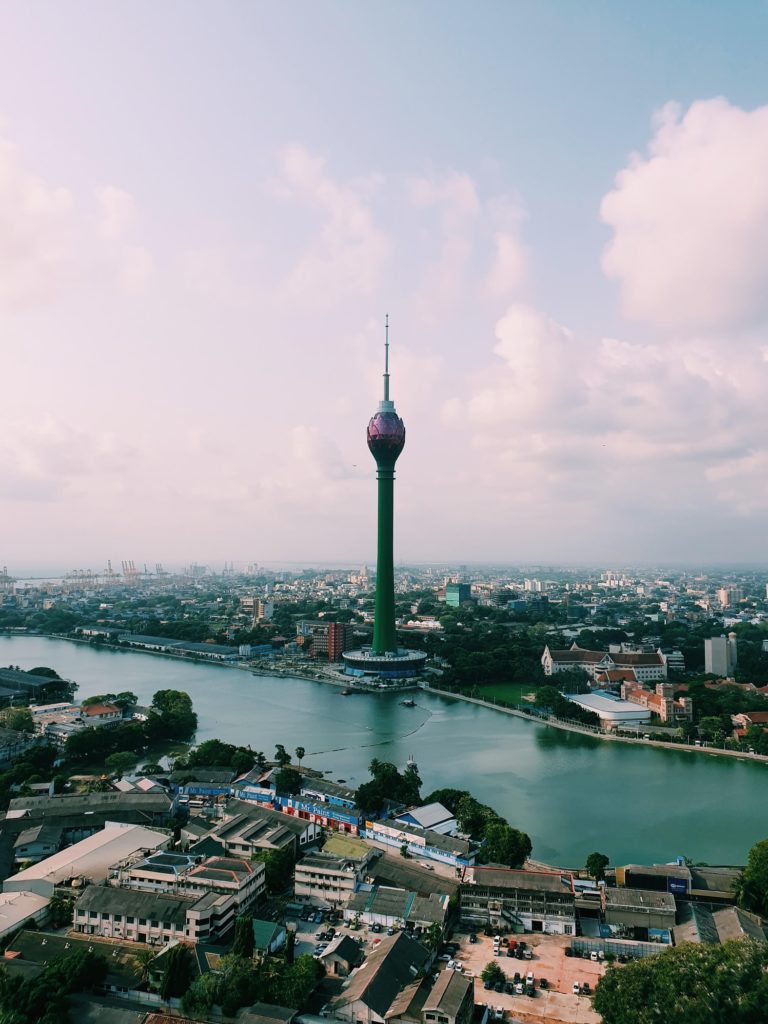
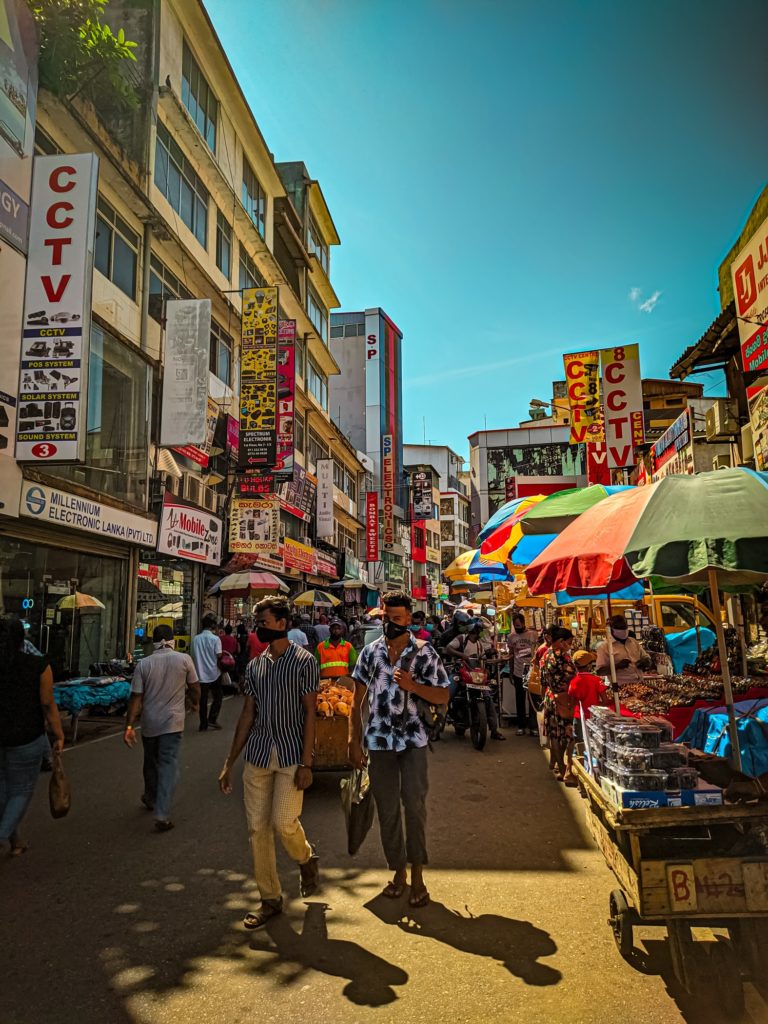
Less than 600 deaths due to Covid-19 for 22 million inhabitants at the beginning of April after a year of epidemic, according to official figures. While Sri Lanka is once again ready to welcome tourists, precautions must be taken to protect the island, which has so far been relatively unscathed. The country is relying on the bio-bubble as a health protocol. The aim is to avoid interactions between tourists and locals during the first 15 days of travel. If no quarantine is imposed on arrival, 3 to 4 PCR tests are required depending on the length of the stay. An electronic visa ($35) and health insurance ($12) are also required. Tourists must book their nights from a list of predefined accommodations and can travel to about 20 tourist sites, where slots are reserved for them. After 15 days, visitors are free to move around the island.
Strolling from beach to beach along the south coast
Jungle Beach. You have to walk through the jungle, with monkeys as your companions, to reach this secluded cove. About 2 kilometres from the touristy resort of Unawatuna, this little stretch of beach has lost its privacy but never ceases to amaze locals and discerning tourists alike with its wild beauty and snorkelling reefs. On the way back, the Peace Pagoda, a pristine Buddhist mausoleum overlooking the jungle, offers the best vantage point for watching the sunset over the bay.
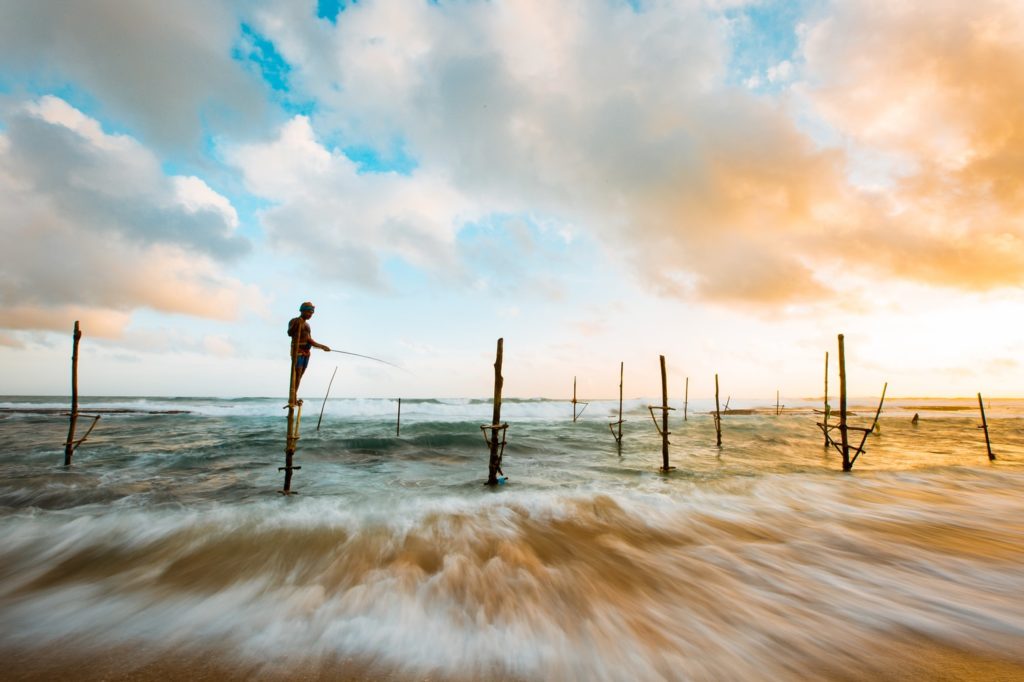
A hundred kilometres south of Bandaranaike International Airport, Sri Lanka’s southern coastline boasts some of its finest beaches. From Bentota to Tangalle, more than 140 km of coastline is home to beach resorts, surfing and diving spots, sea turtle nesting sites and smaller, more private villages. This part of the island attracts crowds in the dry season, from December to March. While locals and tourists alike take the Southern Expressway from Colombo, the coastal road, which is just above the water, offers unparalleled views of the Indian Ocean.
Watching the sunrise from Adam’s Peak
3am. The trainers are put on in a half-sleep, the muscles still numb from a too short night. 5200 steps, 7 kilometres to climb. And up there, the reward. 140 km east of the capital, Adam’s Peak, at 2243 metres, is the sacred mountain of Sri Lanka. The Buddha is said to have stayed here before departing for the afterlife, and left his footprint visible at the summit. Considered the most important pilgrimage site in the country, Adam’s Peak attracts thousands of Buddhists every day. Among them are many tourists, mostly coming to admire the sunrise.

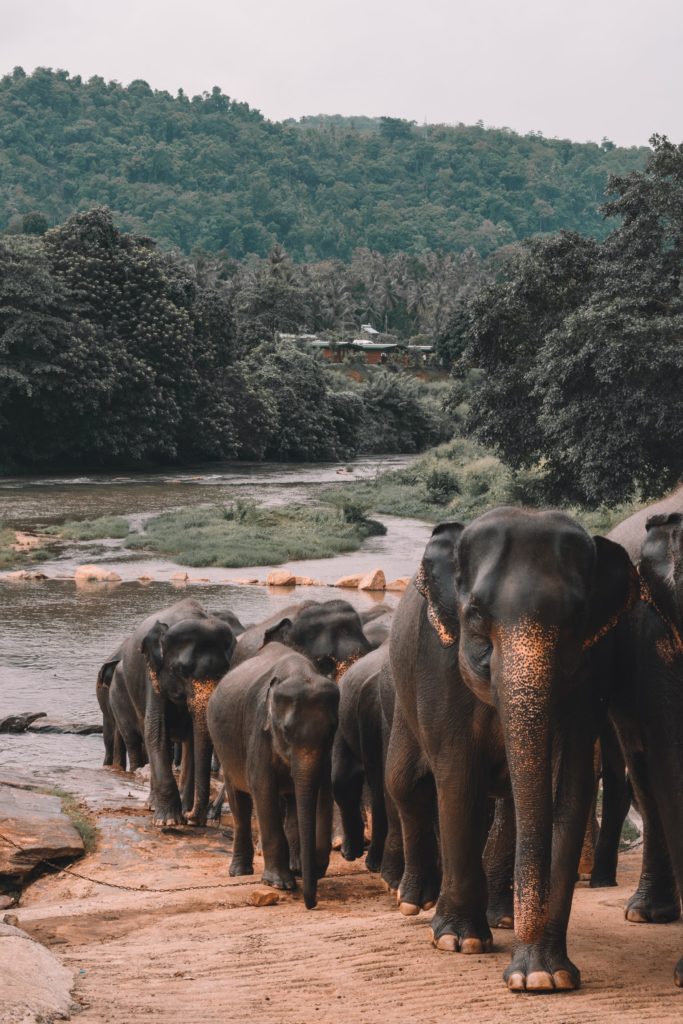
Sometimes capricious, the weather makes some disappointed, letting a fog as thick as cotton cling to the summit. The time to go up, who knows? Maybe the sky will clear. Barefoot, in trainers, alone or with the family, in communion or in song, everyone has their own way of apprehending the climb. The effort is sustained, the knees and thighs put to the test. On the way, some pray, others drink tea to invigorate themselves. As we approach the summit, the crowd becomes more compact and everyone looks for a place to sit and wait for the sunrise. Hoping that the early morning rays will reward the efforts made.
To know : The ascent of Adam’s Peak is only possible from December to April, as clouds cover the massif from May to November. Beware that during the pilgrimage season it is very crowded and it is not uncommon to wait for three hours and not move on. Another suggested climb is to Small Adam’s Peak.
Stroll through the Cultural Triangle, the historical and religious heart of the country
A crowd of people, phones raised. Buddhists in procession and discreetly curious tourists crowd together in respectful silence. The object of so much attention? The reliquary containing a tooth of Buddha, housed in a shrine in the heart of the Temple of the Tooth, in Kandy. This relic gives the city its status as the country’s largest religious centre and capital of Buddhism. Whether you are a pilgrim or a tourist, this is a must-see stop on a visit to the Cultural Triangle, whose main sites are all UNESCO World Heritage Sites.
Kandy, Polonnaruwa, Anuradhapura, names that sound almost mystical for sacred cities. Former royal residences engulfed by the jungle, glorified Buddha statues or the capital of Buddhism in the country, each site has a rich history and secrets to reveal to curious tourists who will take the time to survey these towns in the centre of the island, on foot or by bicycle. Allow 2 to 3 days to visit the Cultural Triangle, the heart of the country and a witness to the splendour of past civilisations.
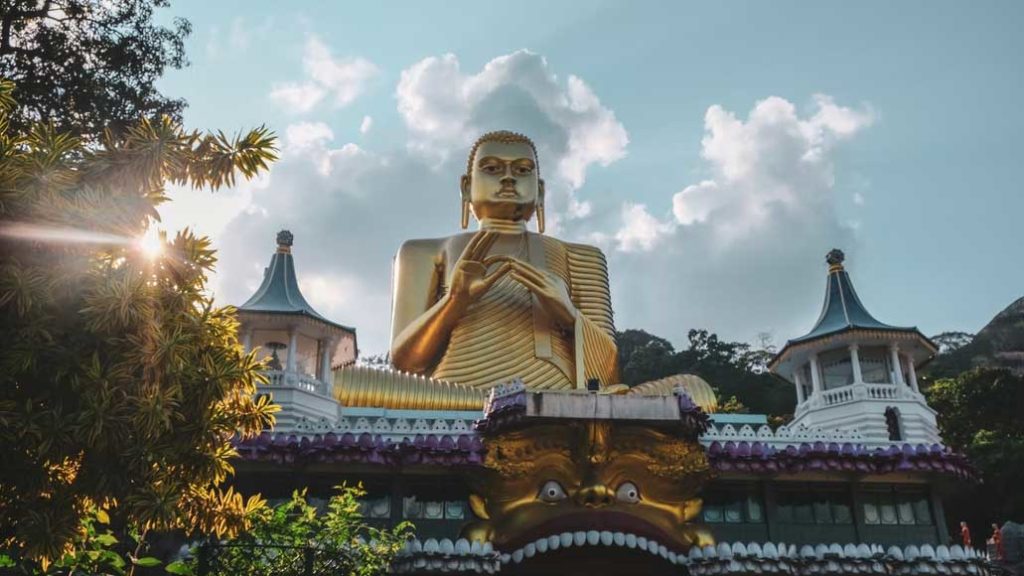
Surfing and snorkelling on the east coast
Board under the arm, sun cream badly spread and a cheeky tan. This is the same for the majority of tourists whose journey continues to the east coast of the country. Their common passion? Surfing. On this side of the island, the dry season extends from April to October. During this period, surfers from all over the world gather around Arugam Bay (350 km east of the capital) to ride the waves of the Indian Ocean. Pottuvil Point, Peanut Farm, Whiskey Point… Most of the spots are for the initiated, but beginners can still get their boards out at the more peaceful Elephant Rock. Less crowded, the eastern seaside resorts offer a more authentic and popular alternative to the southern beaches. Nilaveli and Uppuveli, 250km north of Arugam Bay, offer miles of coconut-fringed beaches. In these peaceful villages, still untouched by mass tourism, surfboards can be swapped for snorkels. Offshore, Pigeon Island National Park attracts snorkelers and divers with one of the richest seabeds on the island.
Learn about tea making in the central mountains
A giant teapot in front of a Scottish-style mansion? Despite appearances, this is Sri Lanka. At Mlesna Tea Castle St Clair to be precise. 150 km east of Colombo, you reach the mountains of the centre of the island by winding roads. This is where Sri Lanka’s green gold grows, in the coolness of these peaks, which offer breathtaking panoramas. As far as the eye can see, there are tea plantations. Whether you are a tea lover or not, a visit is a must. Several factories dot the hilly landscape and offer visits, often free of charge but done at a brisk pace. Green tea, black tea? From the plantation to the morning cup, all the stages of production are detailed (in English) in front of the presses, dryers and sieves. The mountains of the centre are best discovered by train. Tea plantations, lively villages and green landscapes pass by at the measured rhythm of the locomotive. All the traveller has to do is enjoy the journey.

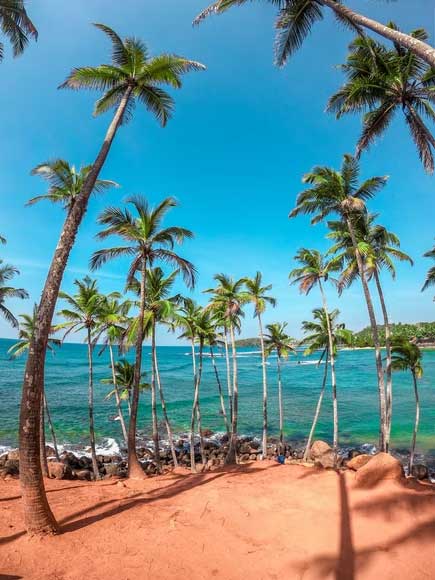
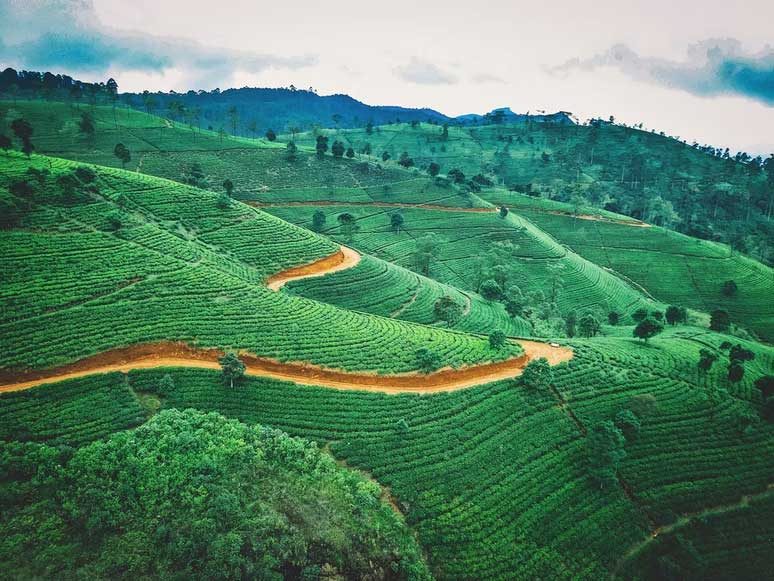
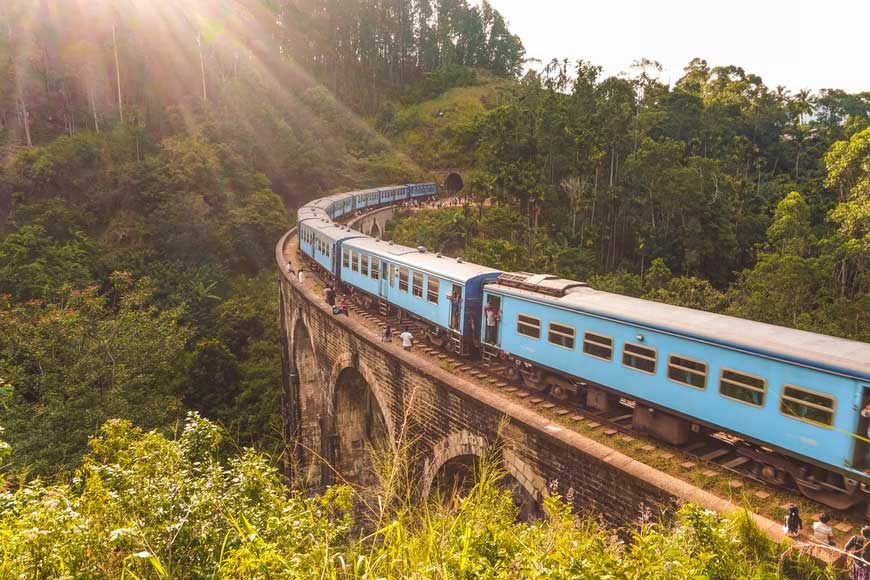
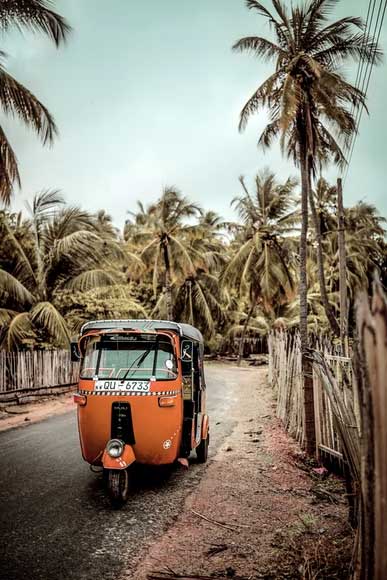
This guide is all about the best hotels in the world.

